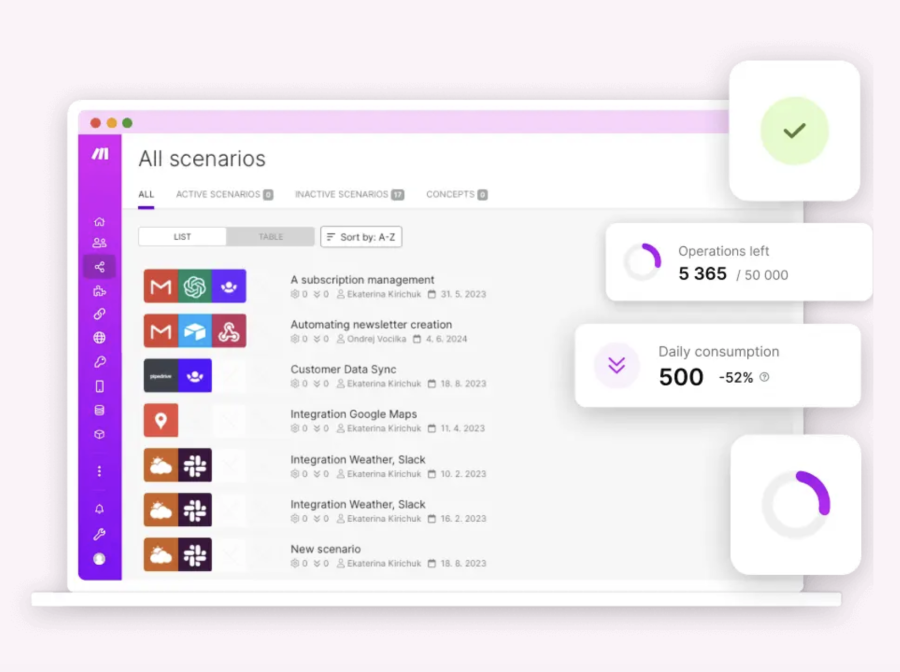Unreal Engine in 2025: The Future of Game Development
Introduction
Unreal Engine (UE) has long been a leading force in the world of game development. Since its inception in 1998, it has revolutionized the way games are created, offering powerful tools and technology that help developers bring their visions to life. Fast forward to 2025, and Unreal Engine 5 (UE5) is at the forefront of the gaming and interactive experience industry, not only powering games but also driving the development of immersive environments in virtual reality (VR), augmented reality (AR), architecture, film production, and more.
This article will explore how Unreal Engine is shaping the future of game development, real-time rendering, and interactive experiences, and why developers are flocking to it for projects of all sizes.
What is Unreal Engine?
Unreal Engine is a powerful, fully integrated development environment for creating high-quality games and simulations. Created by Epic Games, Unreal Engine is used across various industries, from gaming to architecture to film production. The engine provides developers with the tools they need to build 3D environments, interactive objects, complex physics, and much more.
Key Features of Unreal Engine:
- Real-Time Rendering: UE's capability to render photorealistic graphics in real-time, making it a go-to choice for AAA games and simulation.
- Blueprint Visual Scripting: An intuitive, node-based scripting system that allows both non-programmers and coders to create complex game logic without writing a single line of code.
- Nanite Technology: A revolutionary system introduced with Unreal Engine 5 that allows developers to import and use film-quality assets without worrying about polygon count limitations.
- Lumen Global Illumination: Real-time global illumination technology that enables dynamic lighting changes in environments, resulting in realistic lighting effects.
- Cross-Platform Development: UE allows developers to create games for PC, consoles, mobile devices, VR/AR platforms, and even the web.
Unreal Engine 5: Revolutionizing the Game Industry
With Unreal Engine 5 (UE5), the game development landscape has undergone a major transformation. Launched in 2021, UE5 has pushed the boundaries of what’s possible in gaming, providing developers with tools that were previously reserved for high-end cinema and cutting-edge visual effects.
The Key Innovations in Unreal Engine 5:
Nanite Virtualized Geometry: Nanite allows developers to use film-quality assets in real-time without sacrificing performance. This means developers can create hyper-realistic environments with intricate details, including textures, geometry, and lighting that once required massive optimization efforts.
Lumen Global Illumination: Lumen replaces traditional baking of static lighting and allows for real-time adjustments in lighting. Whether you’re designing a vast open world or a smaller, more intimate scene, Lumen provides realistic global illumination effects and dynamic lighting.
MetaHuman Creator: One of the most exciting advancements in UE5 is the MetaHuman Creator, which enables developers to create hyper-realistic digital humans with minimal effort. The tool allows you to design characters that look and behave naturally, offering a high level of customization for use in games, films, and other interactive applications.
World Partition: This system automatically divides a game world into smaller sections, allowing for seamless streaming of the environment as players explore. It’s especially useful for creating large, open-world environments without the risk of loading screens or performance degradation.
Chaos Physics and Chaos Destruction: UE5's Chaos Engine allows for complex, realistic simulations of destructible environments and physics-based interactions. Whether you’re creating a building that can collapse or an object that reacts naturally to force, Chaos gives you the tools to make everything feel more immersive.
Unreal Engine Beyond Gaming: Real-World Applications
Unreal Engine isn’t just for game development—it’s becoming a core tool in industries like architecture, automotive design, film production, and even medicine. Let’s explore how UE is being used outside of traditional gaming:
1. Architecture and Real Estate
Architects and real estate developers use UE to create virtual walkthroughs of buildings, allowing clients to explore properties in a fully immersive, interactive 3D environment. With real-time rendering and Lumen’s global illumination, the visuals are incredibly realistic, helping clients visualize designs before they are built.
2. Film and Animation
UE is rapidly gaining popularity in film production. Its ability to render high-quality visuals in real time is a game-changer for filmmakers. Tools like virtual production, which allows for filming within a real-time environment, have already been used in major productions like Disney’s The Mandalorian. Real-time workflows give filmmakers more creative control, reduce the need for post-production, and ultimately save time and money.
3. Virtual Reality (VR) and Augmented Reality (AR)
Unreal Engine powers immersive VR and AR experiences across various industries, from gaming and entertainment to healthcare and education. Its ability to handle large-scale simulations with complex physics makes it ideal for creating virtual worlds that feel as real as possible.
4. Automotive Design and Simulation
Automakers use UE to visualize car models, simulate driving experiences, and test designs in virtual environments. This real-time rendering allows designers to quickly modify and iterate on car models without physically producing prototypes, reducing costs and time-to-market.
The Future of Unreal Engine
The future of Unreal Engine looks incredibly bright. In 2025, UE is expected to continue pushing the boundaries of what’s possible in interactive media, with more advancements in AI, machine learning, and real-time collaboration. Epic Games is continuously improving its tools and expanding the engine’s capabilities, making it easier for developers to create groundbreaking experiences.
How to Get Started with Unreal Engine
Getting started with Unreal Engine is easier than ever. Whether you’re a seasoned developer or a beginner, there are tons of resources available to help you learn:
- Unreal Engine Documentation: A comprehensive guide that covers everything from basic setup to advanced features.
- Online Tutorials and Courses: Platforms like Udemy, Coursera, and Pluralsight offer in-depth courses for all skill levels.
- Unreal Engine Community: The UE community is vibrant and active, with plenty of forums, discussion groups, and user groups to get support and share your work.
Conclusion
Unreal Engine has undeniably reshaped the world of game development and beyond. With its robust tools, photorealistic graphics, and powerful features like Nanite and Lumen, UE is now a go-to engine for developers, filmmakers, and creators in various industries. As we move into 2025, Unreal Engine will likely continue to evolve, offering even more groundbreaking features for the next generation of creators.
Whether you’re building a game, designing a virtual world, or creating a cinematic experience, Unreal Engine remains the powerhouse for achieving immersive, high-quality interactive experiences.
Are you ready to dive into Unreal Engine 5 and begin your journey in the world of interactive content? The possibilities are endless.















